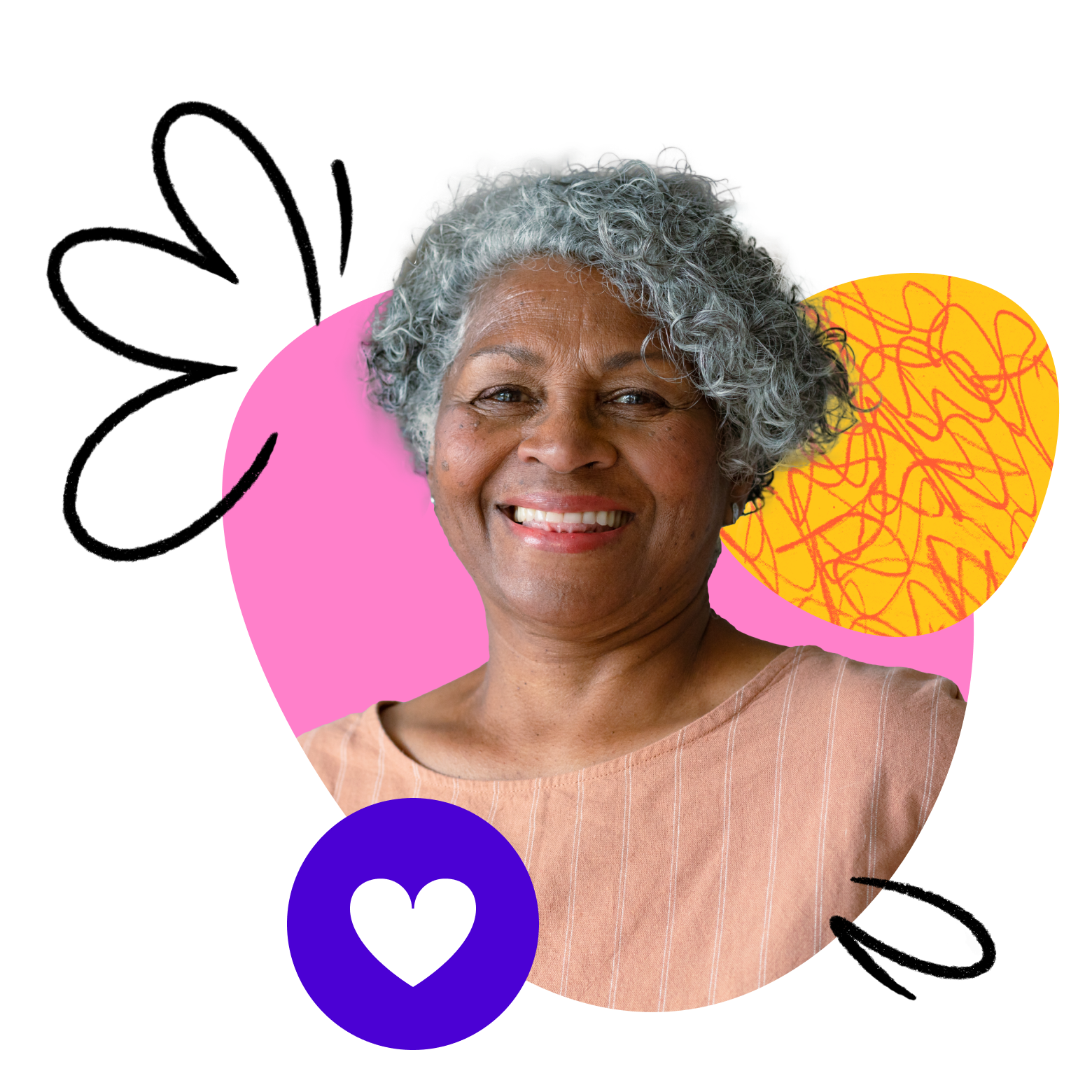Here at Outschool, we prioritize maintaining an inclusive platform that fosters a sense of belonging for learners and helps them connect with educators through shared interests and passions. As an educator, you can support your learners by designing inclusive lesson plans that help you form meaningful connections and inspire repeat enrollments. When learners feel confident in their identity, psychologically safe, and welcome in your class, they are more likely to re-enroll in future courses and leave stellar reviews.
While it’s important to have a general understanding of diversity, equity, and inclusion in the online classroom, you can take specific steps to welcome learners of all genders and sexual identities, and design classes that meet Outschool approval requirements by following the tips below.
1. Think about how you use gender in your class listings
What purpose does it serve to target a specific gender identity for your class? Does your class service that targeted population in a meaningful way? What experiences might you lose out on by excluding learners of multiple identities? For classes where you have determined a specific, educational benefit to targeting a certain gender identity, we do still require that you not use language such as “For Girls Only” in your class listing. You are welcome to note the particular benefits of a class to a certain demographic, but we expect that the class will be open to any learner who is interested.
2. Be mindful of the ways in which you discuss gender in your classroom
Dividing activities or student order by gender, using gendered colors (such as pink and blue) to label students, or gendering certain toys or experiences as “only for girls or boys” can perpetuate harm to our learners. Remember that your learners have complex, excitingly diverse interests and backgrounds, regardless of their sex or gender. Instead of using gender to divide or isolate learners, lead by example with more inclusive language. For example, instead of saying something like “I know the boys in my class will love this race car activity!”, you could say, “This activity is for anyone who loves race cars!”.
3. Allow learners to express themselves in the ways they are most comfortable
Not all learners may wish to showcase their gender identity in class. By fostering an inclusive space that is gender-affirming and welcoming to all learners, you encourage a positive, anti-bias classroom culture. Some ways you can help learners feel comfortable and included are:
- Introduce yourself with your preferred pronouns to normalize the practice and invite learners to share theirs if they feel comfortable (he/him/his, she/her/hers, they/them/their, etc.)
- In class, use the name and/or pronouns that learners provide – even if it is different than what is listed in Outschool
- Include Queer voices and representation in your class materials and lesson plans
Special note for sex education classes: Be especially mindful of how you are representing gender identity and gender expression as distinct from learning about bodies and human biology. Be sure that LGBTQIA+ identities are represented when discussing healthy relationships, boundaries, and consent if your class touches on those topics.
At Outschool, we value our community and work every day to create a space that is accessible and inclusive for all learners and teachers. We hope that you can join in our efforts to encourage a Love of Learning through embedding gender-inclusive and affirming practices in all your classes.

